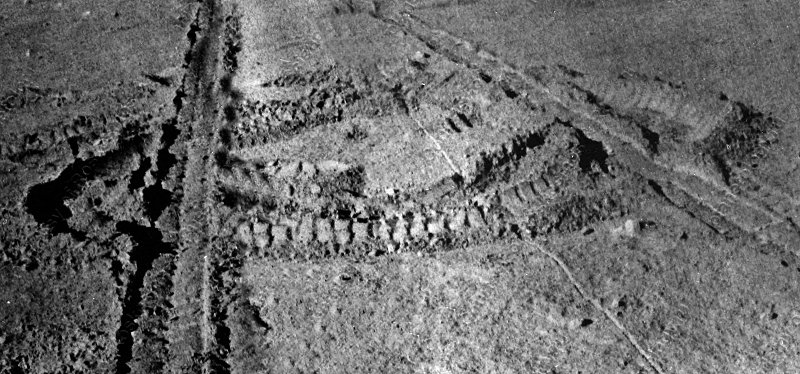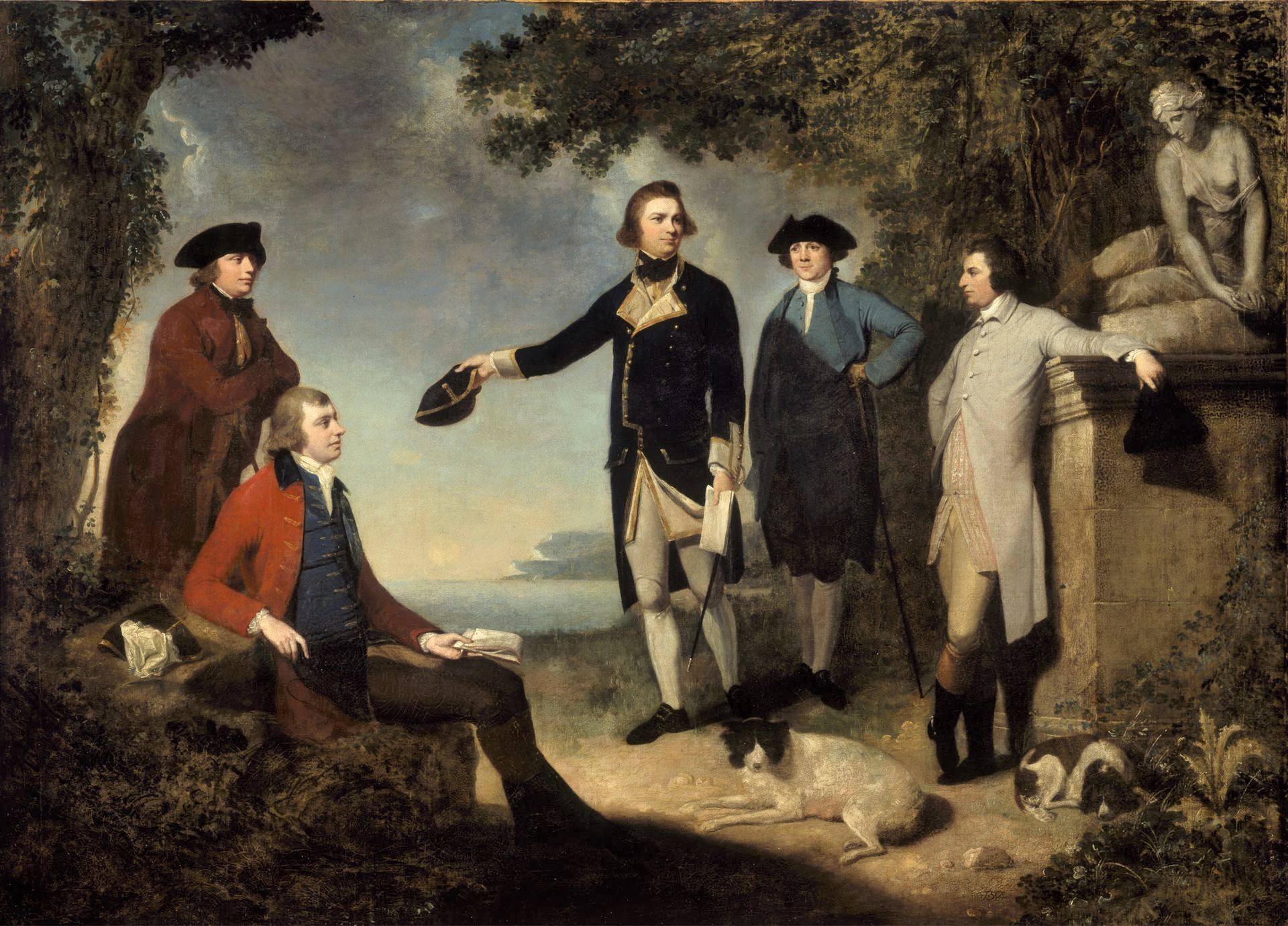Lunokhod 2 : still champion after 40 years!
Posted: Sun May 19, 2013 4:10 pm
http://en.wikipedia.org/wiki/Lunokhod_2 wrote:. http://apod.nasa.gov/apod/ap100606.html
. http://apod.nasa.gov/apod/ap970420.html
<<Lunokhod 2 (Луноход, moon walker in Russian) was the second of two unmanned lunar rovers landed on the Moon by the Soviet Union as part of the Lunokhod program. Lunokhod 2 operated for about 4 months, covered slightly more than 37 km of terrain, including hilly upland areas and rilles, and sent back 86 panoramic images and over 80,000 TV pictures. Many mechanical tests of the surface, laser ranging measurements, and other experiments were completed during this time.
Even by May 2013, its journey remained the longest any robotic rover, or any vehicle, that had ever driven on another celestial body; the crewed Apollo 17 Lunar Roving Vehicle travelled 35.75 km, and the still extant robotic Opportunity Rover had travelled 35.76 km on Mars.
The Luna 21 spacecraft landed on the Moon and deployed the second Soviet lunar rover (Lunokhod 2) in January 1973. The primary objectives of the mission were to collect images of the lunar surface, examine ambient light levels to determine the feasibility of astronomical observations from the Moon, perform laser ranging experiments from Earth, observe solar X-rays, measure local magnetic fields, and study the soil mechanics of the lunar surface material.
The rover stood 135 cm high and had a mass of 840 kg (vs. 220 cm high & 900 kg for Curiosity). It was about 170 cm long and 160 cm wide and had eight wheels each with an independent suspension, electric motor and brake. The rover had two speeds, ~1 km/h and ~2 km/h. Lunokhod 2 was equipped with three television cameras, one mounted high on the rover for navigation, which could return high resolution images at different frame rates—3.2, 5.7, 10.9 or 21.1 seconds per frame. These images were used by a five-man team of controllers on Earth who sent driving commands to the rover in real time. Power was supplied by a solar panel on the inside of a round hinged lid which covered the instrument bay, which would charge the batteries when opened. A polonium-210 radioisotope heater unit was used to keep the rover warm during the long lunar nights. There were four panoramic cameras mounted on the rover. Scientific instruments included a soil mechanics tester, solar X-ray experiment, an astrophotometer to measure visible and ultraviolet light levels, a magnetometer deployed in front of the rover on the end of a 2.5 m boom, a radiometer, a photodetector (Rubin-1) for laser detection experiments, and a French-supplied laser corner reflector. The lander carried a bas relief of Vladimir Lenin and the Soviet coat of arms.
Landing occurred at 23:35 UT in Le Monnier crater at 25.85 degrees N, 30.45 degrees E. After landing, the Lunokhod 2 took TV images of the surrounding area, then rolled down a ramp to the surface at 01:14 UT on January 16 and took pictures of the Luna 21 lander and landing site, driving for 30 metres. After a period of charging up its batteries, it took more pictures of the site and the lander, and then set off to explore the moon. The rover would run during the lunar day, stopping occasionally to recharge its batteries with the solar panels. At night the rover hibernated until the next sunrise, heated by the radioactive source.
On June 4, 1973 it was announced that the program was completed, leading to speculation that the vehicle probably failed in mid-May or could not be revived after the lunar night of May–June. More recently, Alexander Basilevsky related an account where on May 9, 1973, the rover's open lid touched a crater wall and became covered with dust. When the lid was closed, this dust (a very good insulator) was dumped on to the radiators. The following day, May 10, controllers saw the internal temperature of the Lunokhod climb as it was unable to cool itself, eventually rendering the rover inoperable. On May 11, 1973 signal from the rover was lost.
Lunokhod 2 continues to be detected by lunar laser ranging experiments and its position is known to sub-meter accuracy. On March 17, 2010 Phil Stooke, a professor at the University of Western Ontario announced that he had located Lunokhod 2's final resting place in photographs made by the NASA Lunar Reconnaissance Orbiter (LRO). However, the reported identification was incorrect and the LRO LROC team identified the correct location of the rover. The spacecraft was photographed by the LRO in March 2012. Excellent Lunokhod 2 images from LROC published by Mark Robinson on SESE site of ASU.
Ownership of Lunokhod 2 and the Luna 21 lander was sold by the Lavochkin Association for $68,500 in December 1993 at a Sotheby's auction in New York. The buyer was computer gaming entrepreneur and astronaut's son Richard Garriott (also known as Lord British), who stated in a 2001 interview with Computer Games Magazine's Cindy Yans that: I purchased Lunakod 21 [sic] from the Russians. I am now the world's only private owner of an object on a foreign celestial body. Though there are international treaties that say, no government shall lay claim to geography off planet earth, I am not a government. Summarily, I claim the moon in the name of Lord British!>>





